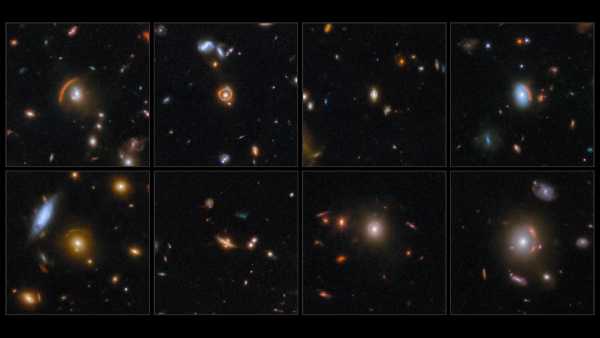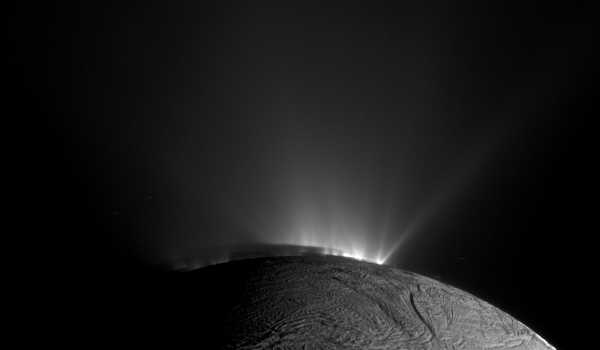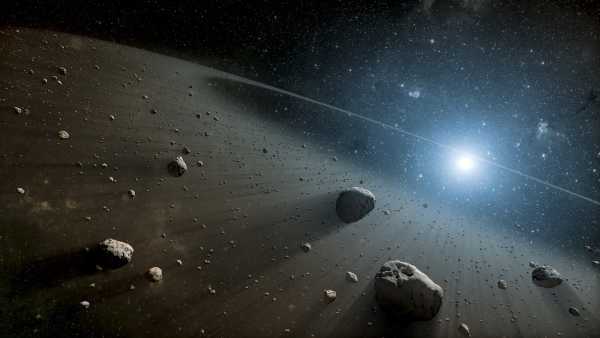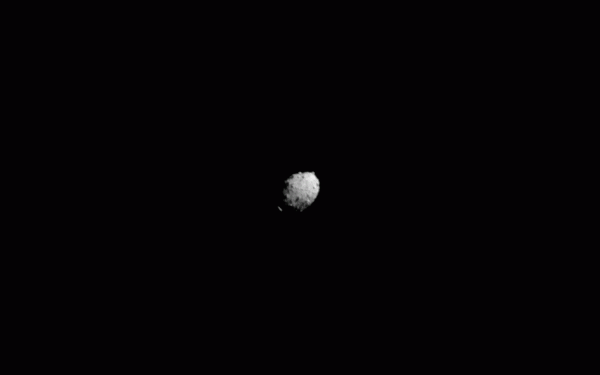
DART's final moments before impacting Dimorphos. (Image courtesy of Johns Hopkins University Applied Physics Laboratory) SUMMARY
Milestone: DART rocket crashes into asteroid Dimorphos
Date: September 26, 2022, 7:14 PM ET
Where: 11 million kilometers (6.8 million miles) from Earth
Who: NASA and Johns Hopkins University Applied Physics Laboratory scientists
On September 26, 2022, at 7:14 PM ET, NASA smashed a tiny spacecraft into an asteroid, forever changing the course of both space rock and planetary defense.
As early as 1968, MIT students proposed a thought experiment involving guiding NASA rockets to deflect an approaching asteroid. But it wasn't until 1980, when geologist Luis Alvarez and his colleagues discovered a global band of iridium in the Earth's crust dating back to the late Cretaceous, that the potential risks of such an impact became clear.
You may like
-
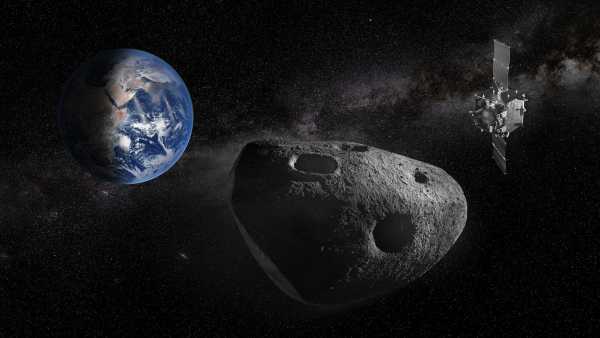
The Apophis flyby will be a “once-in-a-millennium” opportunity for skywatchers and scientists.
-
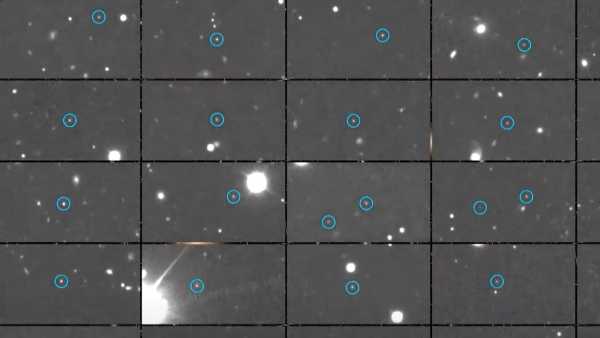
The Rubin Observatory has discovered 2,104 asteroids in just a few days. It could soon discover millions more.
-
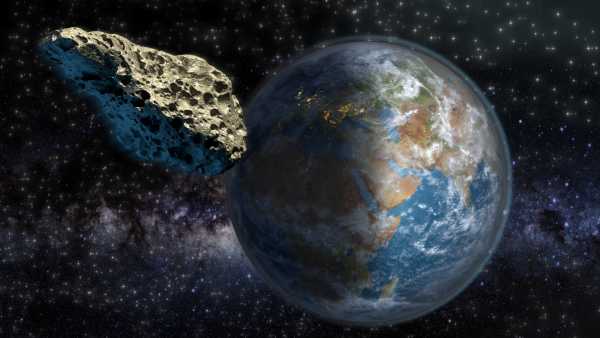
A skyscraper-sized asteroid previously predicted to hit us in 60 years will fly past Earth on Thursday (September 18) – and you can see it live.
A layer of iridium, rare on Earth but common on asteroids, suggested that a massive space rock struck our planet 66 million years ago, triggering a mass extinction that wiped out the dinosaurs. In 1992, scientists discovered irrefutable proof: the Chicxulub crater, approximately 200 kilometers (120 miles) wide, off the Yucatan Peninsula in Mexico.
In the 1980s and 1990s, astronomers discovered numerous potentially hazardous space objects—sometimes only after they had passed dangerously close to Earth. So they began seriously considering proposals to neutralize asteroids: through nuclear explosions, laser attacks, nudges with vapor clouds, or collisions with something larger. (The “collision” scenario is now known as the kinetic impact method.)
Then, in 2013, a meteor the size of a semitrailer tore through the atmosphere over Chelyabinsk, Russia. The blast, with an energy 30 times greater than that of Hiroshima, shattered the windows of more than 7,000 buildings and caused instantaneous ultraviolet burns and injuries to 1,600 people on the ground. No one expected it.
“Chelyabinsk became a cosmic wake-up call,” said Lindley Johnson, then NASA's planetary defense officer, of the event.
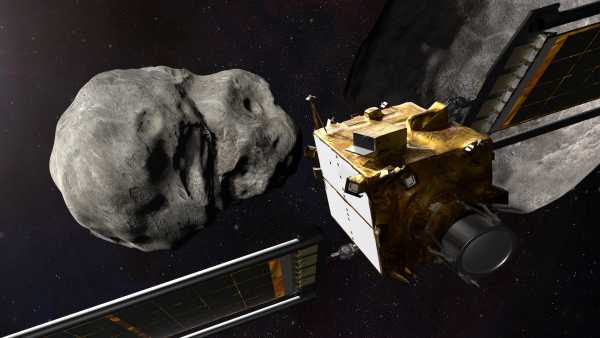
In 2017, NASA approved funding for a project to test a kinetic impactor on Dimorphos, a moon orbiting the larger asteroid Didymos. This duo posed no particular threat to Earth, but because they pass relatively close to our planet, they provided an excellent testbed for the kinetic impactor method.
Over the next few years, scientists from NASA and the Johns Hopkins University Applied Physics Laboratory built a 6.2-foot-long (1.9-meter), 1,280-pound (580-kilogram) spacecraft whose sole purpose was to collide with Dimorphos.
DART launched on November 23, 2021, and on September 26, 2022, it crashed into the moon's rocky heart, just missing its center, capturing its final moments with a dedicated onboard camera. A few days earlier, a miniature cube-shaped camera separated from the main rocket and remained on board to capture the chaos that erupted after the impact.
You may like
-
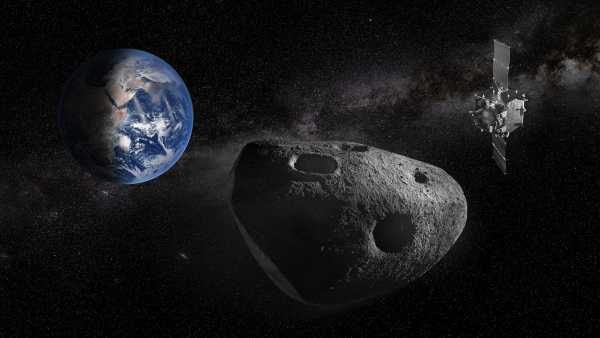
The Apophis flyby will be a “once-in-a-millennium” opportunity for skywatchers and scientists.
-
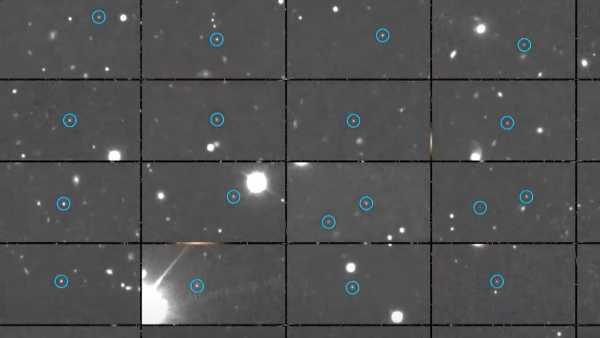
The Rubin Observatory has discovered 2,104 asteroids in just a few days. It could soon discover millions more.
-
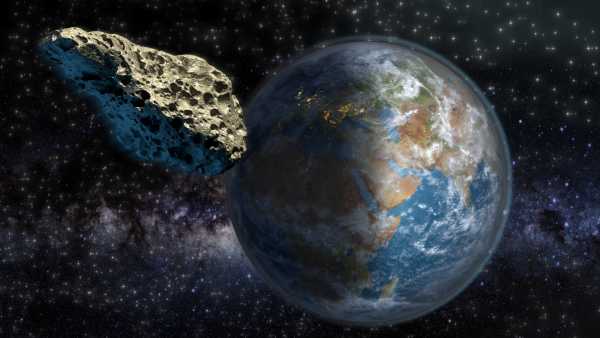
A skyscraper-sized asteroid previously predicted to hit us in 60 years will fly past Earth on Thursday (September 18) – and you can see it live.
DART shortened Dimorphos' orbit by 32 minutes, longer than astronomers expected and significantly longer than the 73 seconds required for the project to be considered a success. As Hubble showed, the collision also produced a boulder swarm.
Subsequent studies have raised concerns about the unintended consequences of future deflection missions. One study found that individual boulders from the debris pile could fall to Earth and trigger a spectacular meteor shower in 30 years, while another predicted that the boulders could impact Mars.
RELATED STORIES
— Giant space “boulders” released by NASA's DART mission are not behaving as expected, revealing the hidden risks of asteroid deflection.
NASA's DART asteroid impact mission has completely reshaped its target.
—Radioactive material from NASA's DART asteroid impact mission could rain down on Earth, potentially triggering the first human-caused meteor shower.
Earlier this year, scientists discovered that the boulders weren't behaving as expected: they were moving faster and in non-random configurations, suggesting the existence of as-yet-unexplained physical laws. The study's findings suggest that much remains to be learned before we can rely on such technology to save us from a truly deadly space rock.
“If an asteroid is heading our way, and we know we need to offset it a certain distance to prevent a collision with Earth, all of these subtleties become very, very important,” Jessica Sunshine, a scientist at the University of Maryland who worked on the DART project, said at the time. “You can think of it as a game of cosmic billiards. We could miss the target if we don't take all the variables into account.”
DART remains the first and only planetary defense mission to be tested on a real space object. However, China has announced that its space agency will launch its own DART-like mission to strike asteroid 2015 XF261, which is approximately 30 meters in diameter. The launch window will open as early as 2027.
NASA TOPICS

Tia Ghose, Social Link Navigation, Editor-in-Chief
Tia is the editor-in-chief and formerly a senior writer at Live Science magazine. Her work has appeared in Scientific American, Wired.com, and other publications. She holds a master's degree in bioengineering from the University of Washington, a certificate in science writing from the University of California, Santa Cruz, and a bachelor's degree in mechanical engineering from the University of Texas at Austin. Tia was part of the Milwaukee Journal Sentinel team that published the “Empty Cradles” series on preterm births, which won numerous awards, including the Casey Medal for Distinguished Journalism in 2012.
You must verify your public display name before commenting.
Please log out and log back in. You will then be asked to enter a display name.
Exit Read more
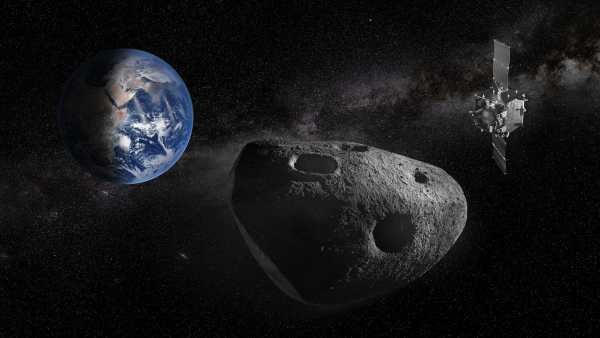
The Apophis flyby will be a “once-in-a-millennium” opportunity for skywatchers and scientists.
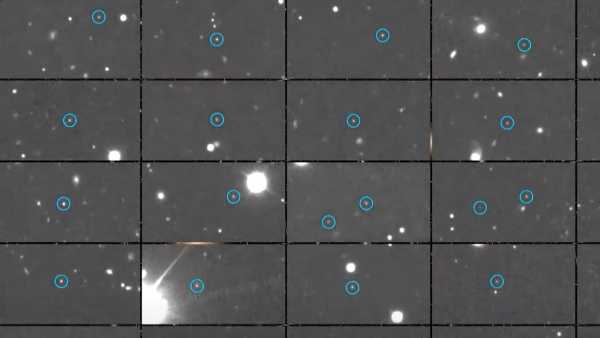
The Rubin Observatory has discovered 2,104 asteroids in just a few days. It could soon discover millions more.
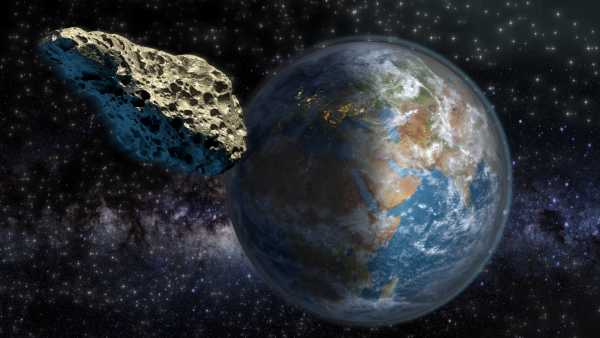
A skyscraper-sized asteroid previously predicted to hit us in 60 years will fly past Earth on Thursday (September 18) – and you can see it live.
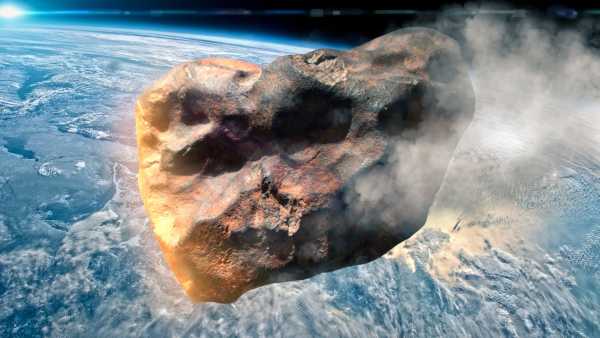
What happened to the asteroid that killed the dinosaurs?
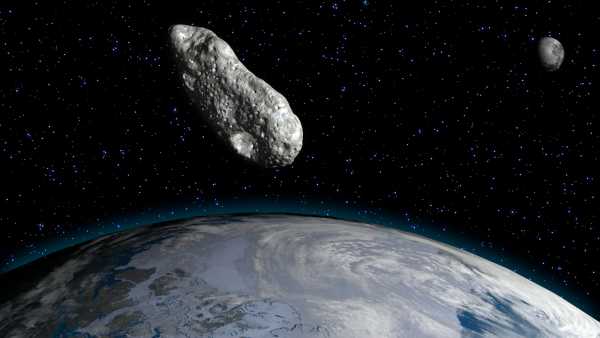
A newly discovered bus-sized asteroid will fly past Earth today and will not return for exactly 100 years.
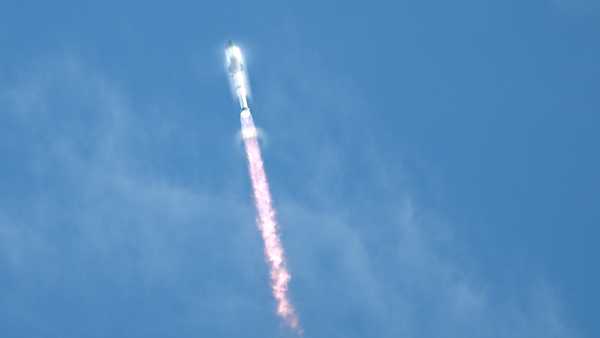
Ten times lucky! SpaceX's Starship successfully completed a test flight after a series of failures.
Latest news about asteroids
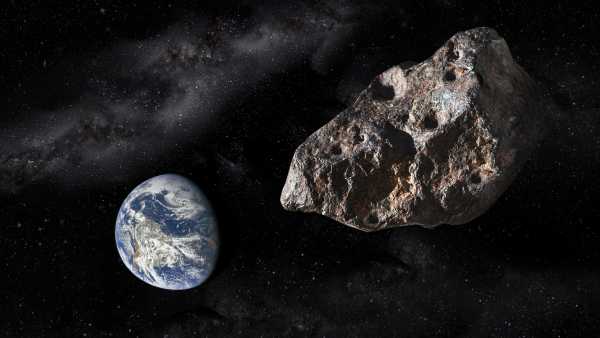
City-killer asteroid could be destroyed by nuclear explosion before it approaches the Moon
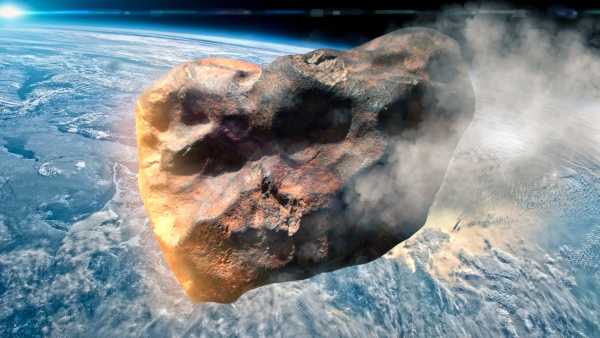
What happened to the asteroid that killed the dinosaurs?
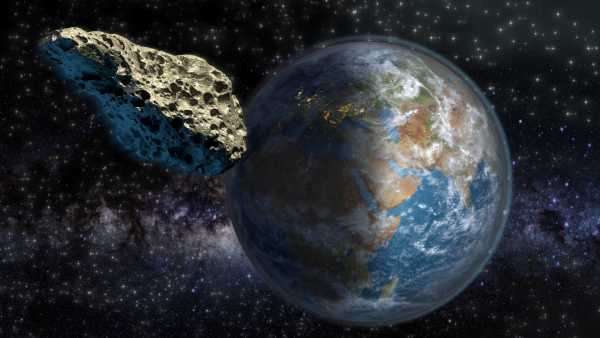
A skyscraper-sized asteroid previously predicted to hit us in 60 years will fly past Earth on Thursday (September 18) – and you can see it live.
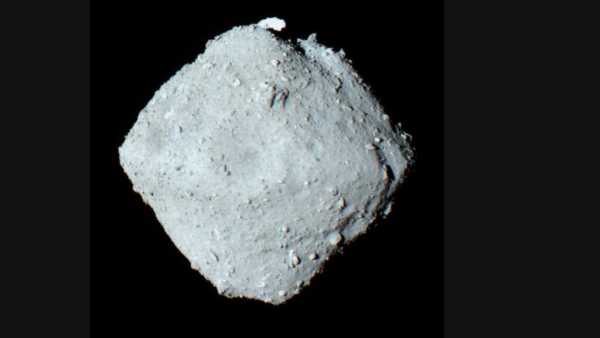
'Real surprise': Near-Earth asteroid Ryugu once had flowing 'water' that transformed its interior.
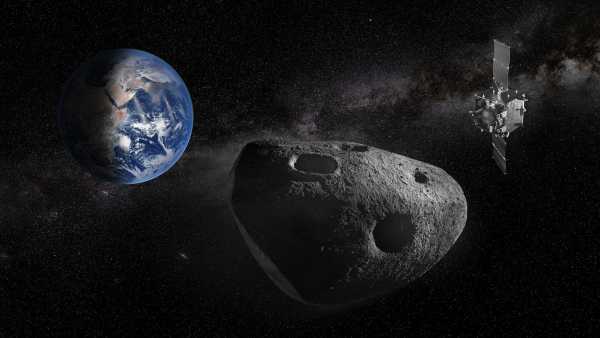
The Apophis flyby will be a “once-in-a-millennium” opportunity for skywatchers and scientists.
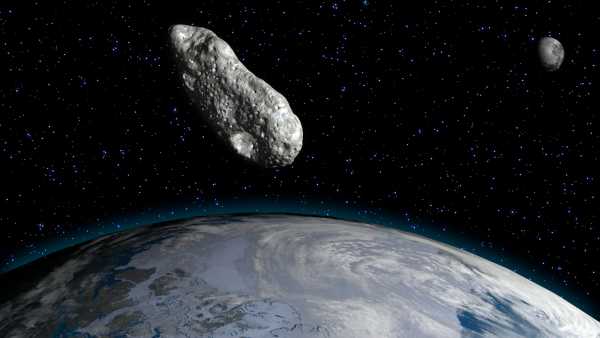
A newly discovered bus-sized asteroid will fly past Earth today and will not return for exactly 100 years.
Latest features
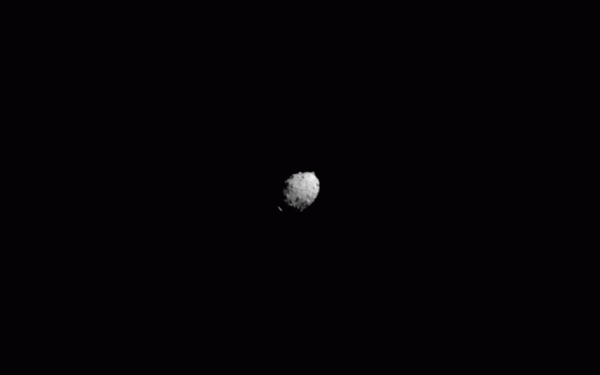
Science Story: DART, humanity's first asteroid deflection mission, hits space rock in the face – September 26, 2022

Doctors restored a man's vision by removing a tooth and implanting it in his eye.
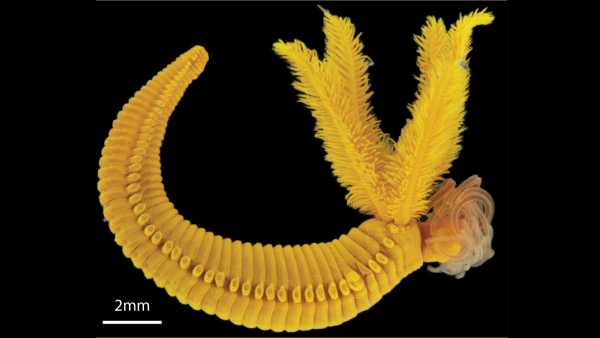
Paralvinella hessleri: A yellow worm that lives in acid and fights poison with venom.
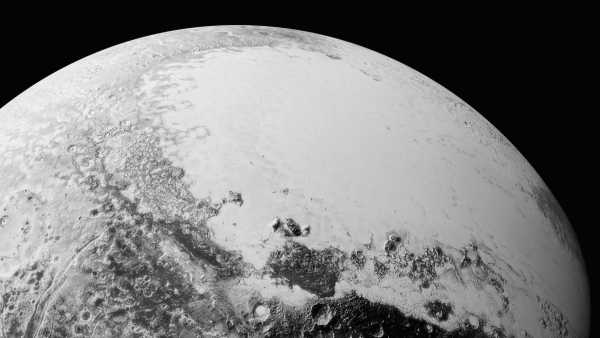
Why does Pluto have such a strange orbit?
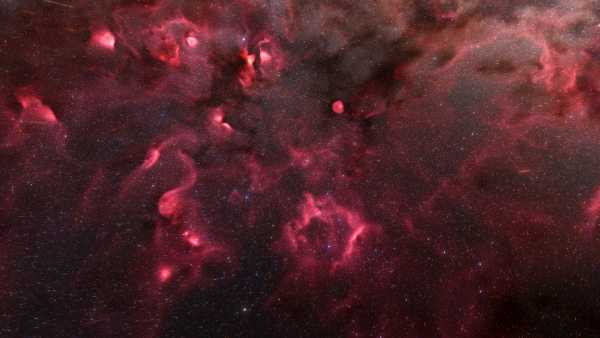
Fly among 44 million stars in the latest 3D map of our galaxy from the Gaia telescope – Space Photo of the Week

What are “magic numbers” in nuclear physics?
LATEST ARTICLES
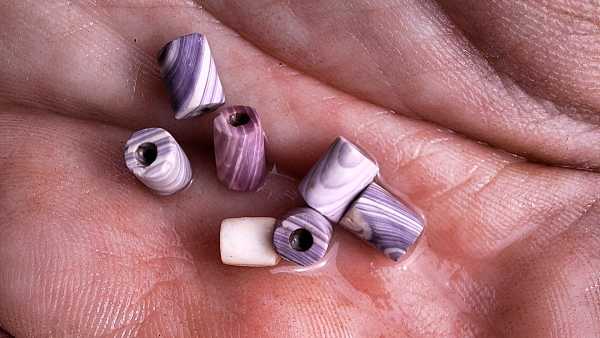
1Rare wampum beads discovered in the 17th-century colony of Newfoundland
Live Science magazine is part of Future US Inc., an international media group and leading digital publisher. Visit our corporate website.
- About Us
- Contact Future experts
- Terms and Conditions
- Privacy Policy
- Cookie Policy
- Accessibility Statement
- Advertise with us
- Web notifications
- Career
- Editorial standards
- How to present history to us
© Future US, Inc. Full 7th Floor, 130 West 42nd Street, New York, NY 10036.
var dfp_config = { “site_platform”: “vanilla”, “keywords”: “type-regular,serversidehawk,videoarticle,van-enable-adviser-
Sourse: www.livescience.com


